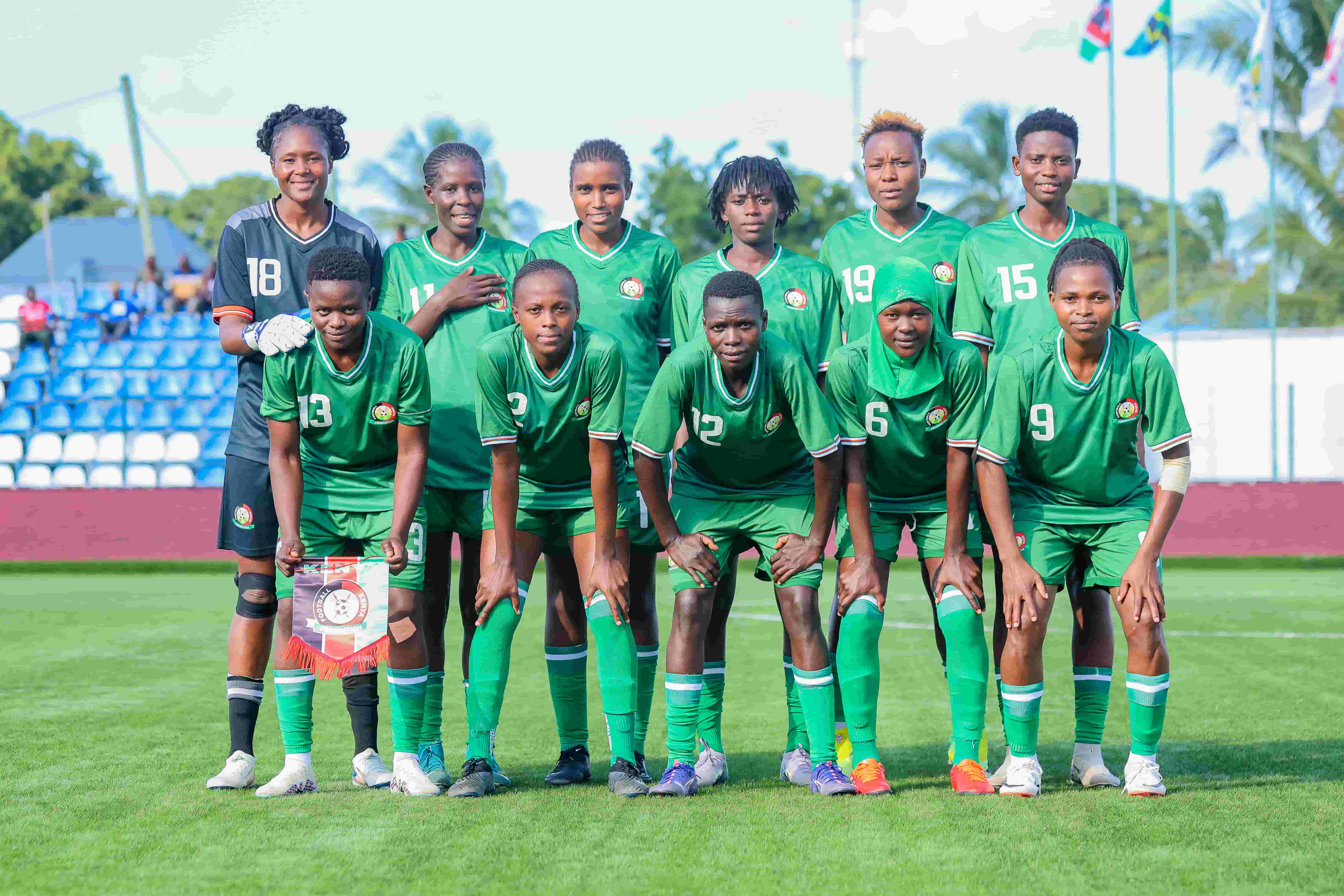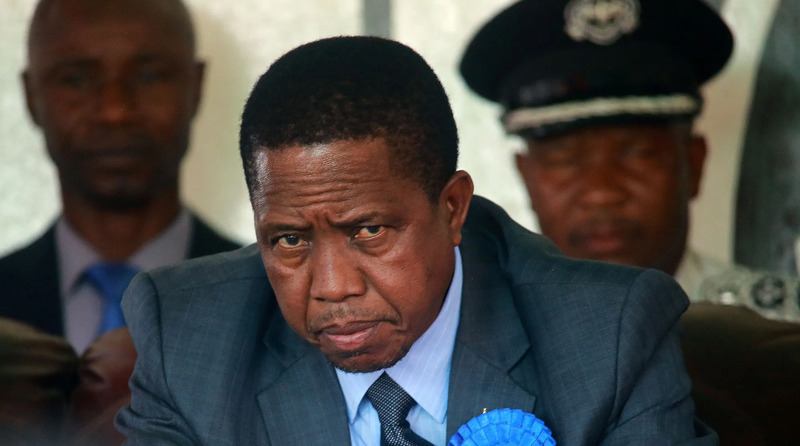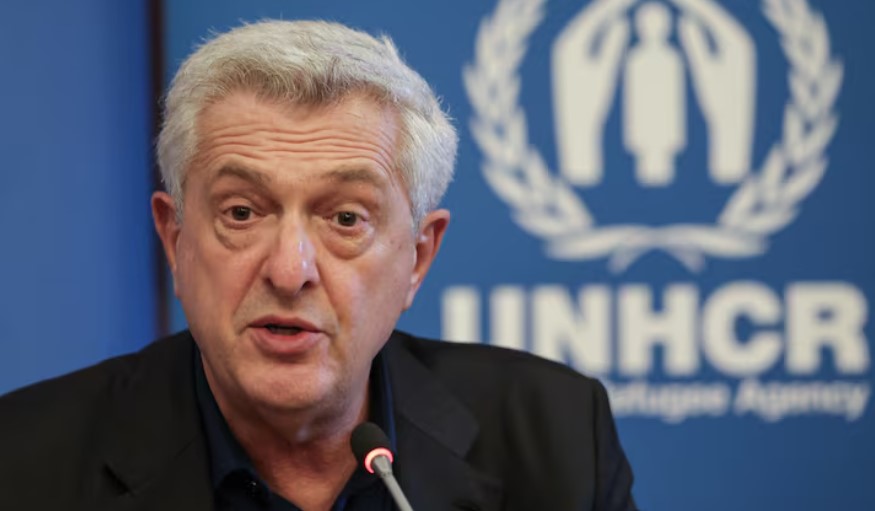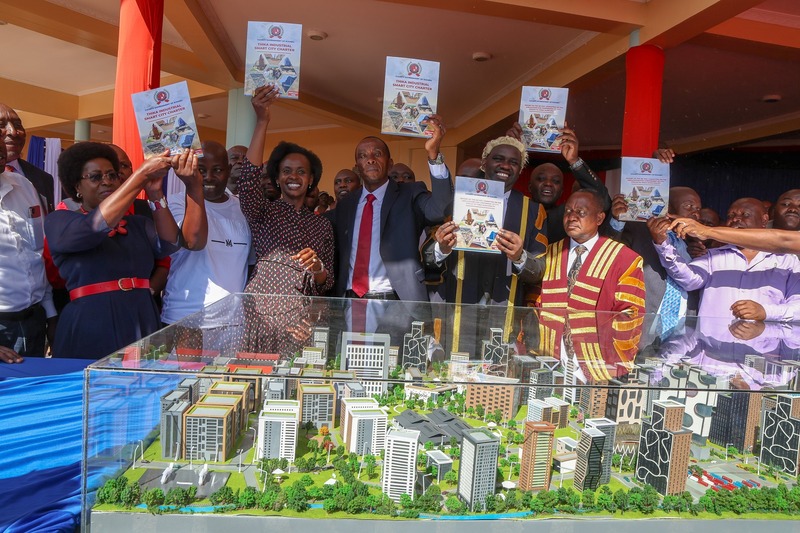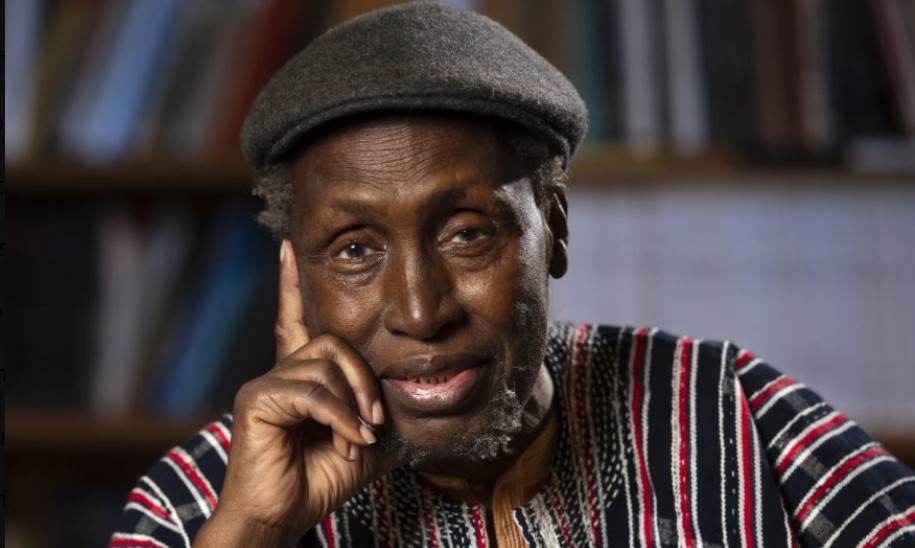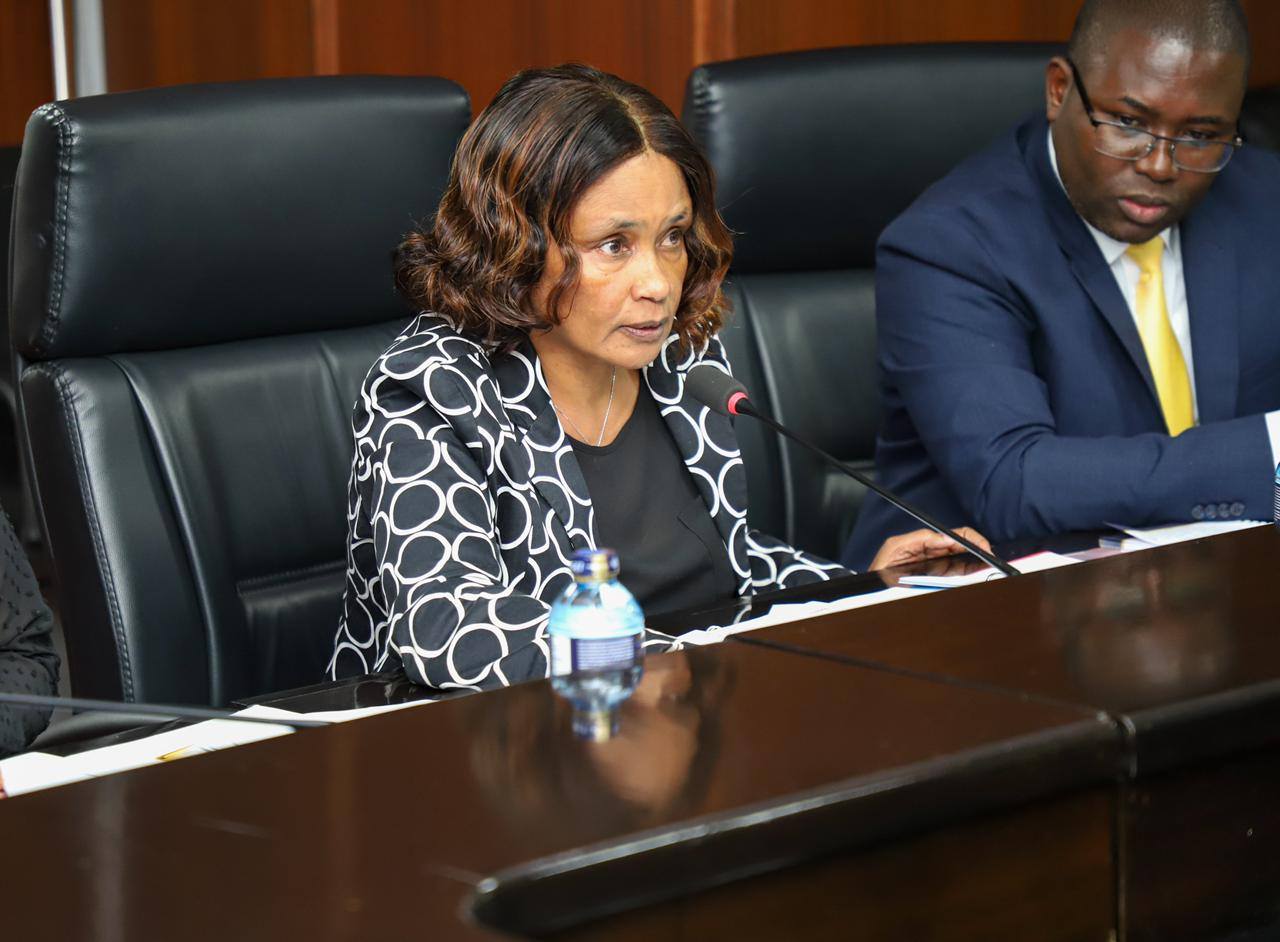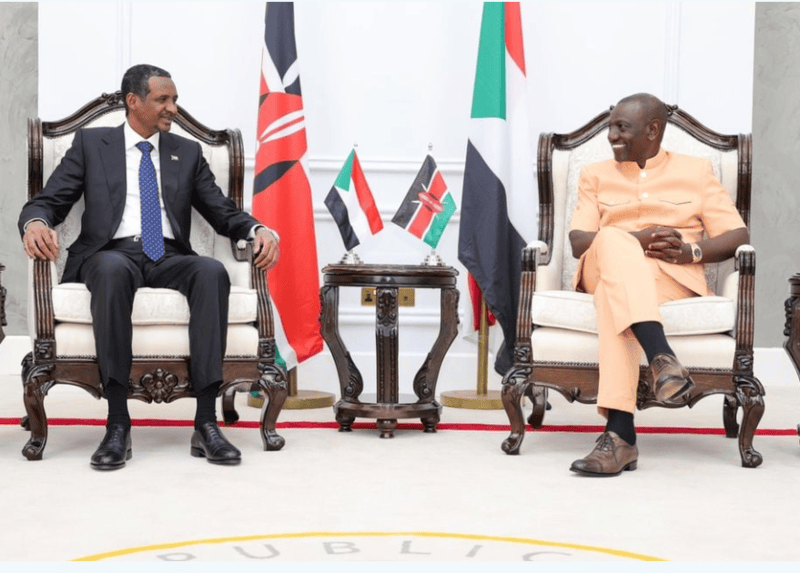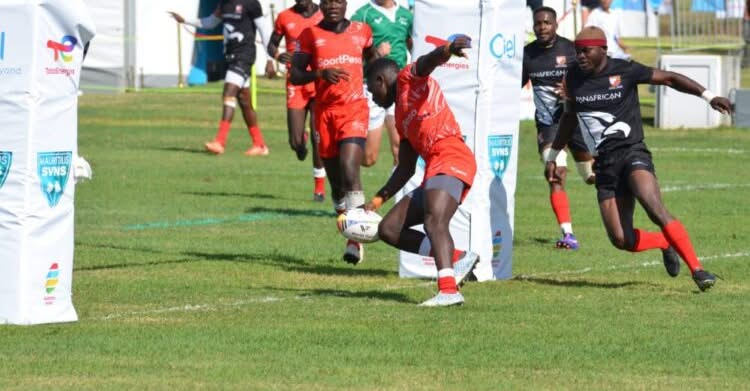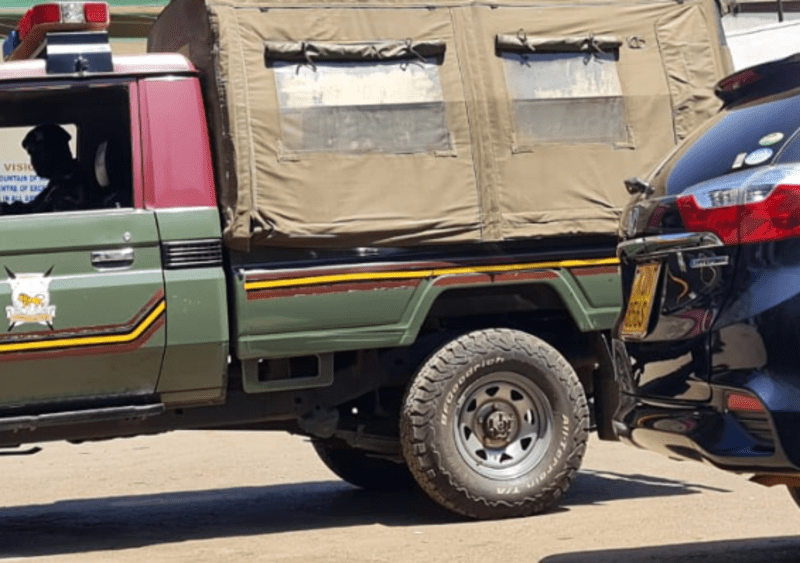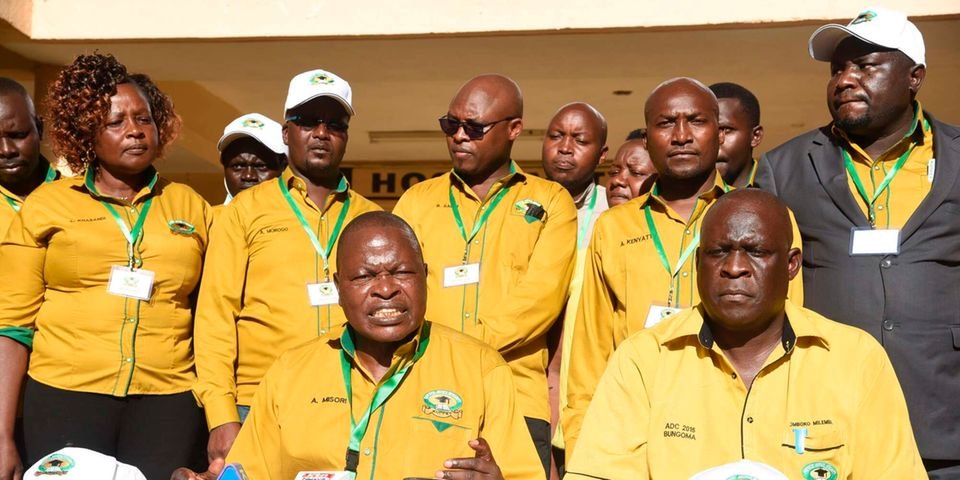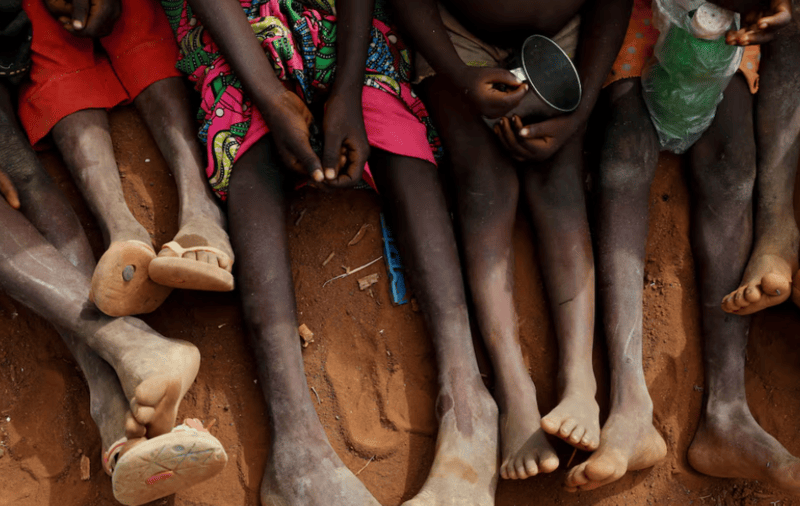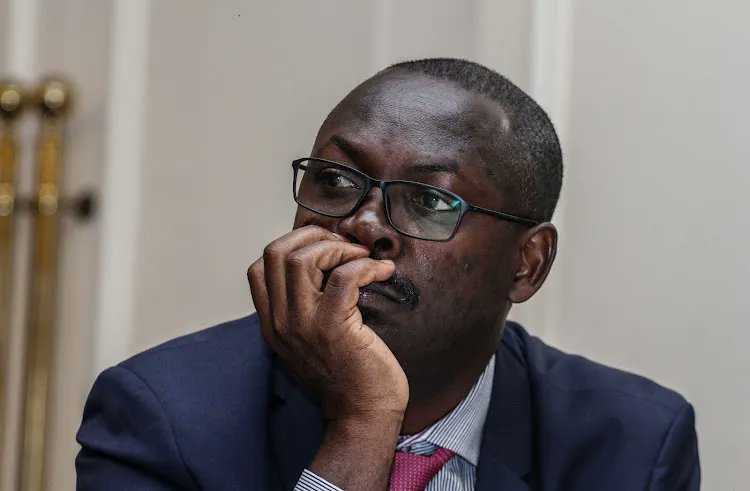World Bank raises poverty line to $3 a day, pushing millions into ‘extreme poverty’ category
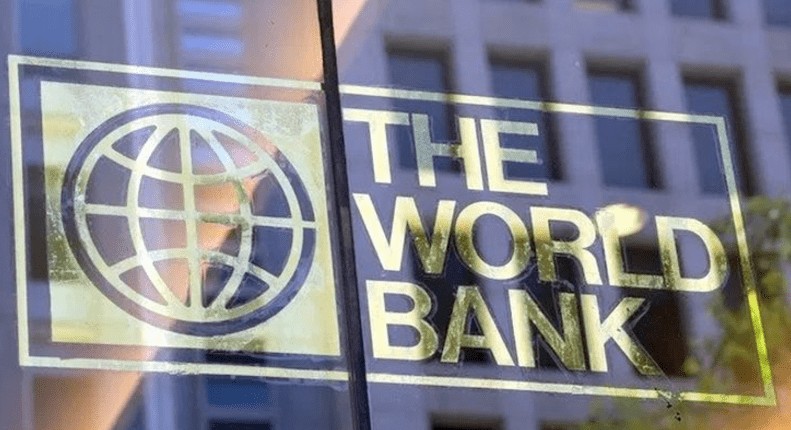
Ideally, this means a person will now be considered poor if he or she lives on less than $3.00 per day, up from the previous $2.15.
The World Bank has revised the global poverty line from $2.15 (Sh280) to $3.00 (Sh390) per person per day, marking a major shift in how poverty is measured worldwide.
Ideally, this means a person will now be considered poor if he or she lives on less than $3.00 per day, up from the previous $2.15.
More To Read
- Foreign direct investment inflows to developing nations fall to 18-year low, threatening job growth - report
- Bleak outlook as CBK reveals one in three firms won’t hire in 2025
- State bows to Gen-Z pressure, goes slow on external borrowing to finance budget deficit
- World Bank approves Sh38.9 billion to boost Tanzania’s disaster preparedness
- Over 800,000 youths to benefit from Sh20 billion Nyota project- Ruto
- World Bank urges 16 per cent VAT on meat, wheat flour, avocado, coffee to boost Kenya’s revenue
The recalibration is based on 2021 price data rather than the earlier 2017 figures, accounting for the impact of inflation on essential goods and services.
The World Bank states the revision aims to reflect today’s economic conditions more accurately and redefine what it means to live in extreme poverty.
Extremely poor
Under the new threshold, the lender acknowledges a harsh reality: the number of people living in extreme poverty has increased.
It notes that an additional 125 million people were classified as extremely poor in 2022 alone.
By 2025, it projects that 808 million people, 9.9 per cent of the world’s population, will be living in extreme poverty, up from a previous estimate of 677 million.
This means roughly 1 in 10 people will struggle to meet basic needs such as food, clothing and shelter.
Consequently, the lender says the goal of eradicating extreme poverty by 2030, as per Sustainable Development Goal 1.1.1, is now highly unlikely.
“This finding is due to sluggish progress in the last decade in the face of the Covid-19 pandemic, growing economic uncertainties, climatic shocks, fragility, and slow economic growth in Sub-Saharan Africa,” the World Bank says.
Global poverty map
The updated poverty threshold has also reshaped the global map of poverty.
According to the lender, extreme poverty has decreased in South Asia but has risen in Sub-Saharan Africa and in fragile, conflict-affected states.
By the end of 2025, Sub-Saharan Africa’s share of the world’s extreme poor is expected to increase from 69 to 73 per cent, while South Asia’s share is expected to drop from 19 to 12 per cent.
“In 2000, about one-quarter of the extreme poor lived in a country in Sub-Saharan Africa or one that was fragile. However, by 2025, the share of the extreme poor in Sub-Saharan Africa, fragile and conflict-affected countries has increased to more than three-quarters,” the lender adds.
“By 2030, the share of the poor in fragile countries and/or Sub-Saharan Africa is forecast to grow to more than four-fifths.”
Although the new standard increases poverty numbers today, it also indicates that more people have improved their lives over the years.
Using the older $2.15 standard, the World Bank says around 1.3 billion people moved out of extreme poverty between 1990 and 2022.
Conversely, under the revised $3.00 threshold, that number rises to 1.5 billion.
Top Stories Today

